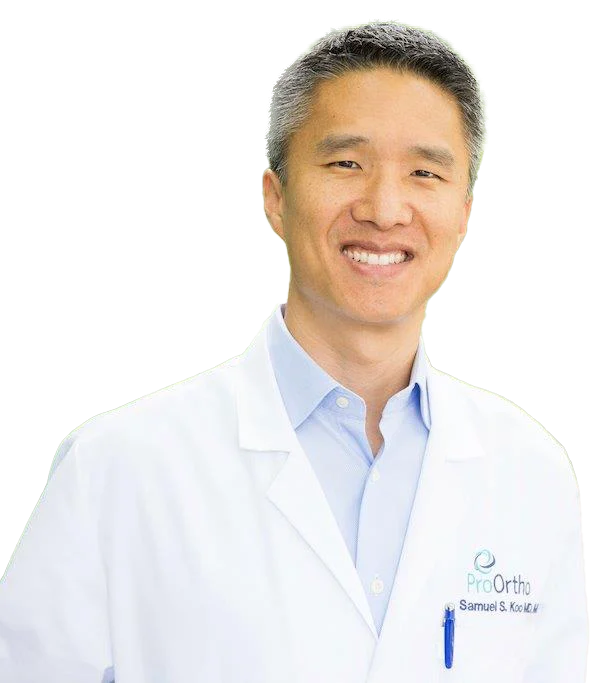Shoulder Arthroscopy Recovery Information
Although a shoulder arthroscopy is used to correct relatively major issues such as rotator cuffs and dislocation, the surgery itself is minimally invasive, requiring only a few incisions. Because of this, patients will find that the recovery time is fairly short, allowing for a quick return to normal activities.
Postoperative Recovery
Unless otherwise indicated, you will typically stay in the recovery area for a few hours and then be discharged to go home. Because of the minimally invasive nature of the procedure, nurses will simply monitor that you’re responsive and not feeling too much pain. You will be required to have someone drive you home after the procedure.
Home Recovery
Most of the recovery after the procedure will happen while you’re at home, so there are a few things you will want to understand. It’s important to ask questions to Dr. Samuel Koo before leaving if there is anything that is unclear.
Pain Management
Dr. Koo will discuss the necessary steps for pain management, which may include prescription pain medication. It is important to only take these medications as they are prescribed.
In addition, you may find relief from placing a cold ice pack over the wound, or sleeping in a different method than you usually do. In fact, you may find a bit more comfort sleeping in a reclining chair, or propped up in bed with pillows. As with anything related to recovery, make sure to consult your doctor before doing so.
Incision Care
You will likely have a large bandage near the incision site on your shoulder that should stay in place for a few days after surgery. After the bandage is removed, it’s important to make sure that you keep the incision clean, but do not submerge it in water. If your wound is not draining, you can take a shower, but baths are not recommended. Because the incision site will be small, you can replace the large bandage with a normal size one in order to keep the area sanitary.
Normal Movement
Although you will be able to resume your normal life soon, it’s important to limit your amount of movement, especially for the first few days. You may be given a sling in order to keep the shoulder stable. Do not overexert yourself by playing sports, doing large chores, or lifting heavy items.
Rehabilitation
After surgery, your doctor will provide you with a few exercises to help you regain both strength and motion in your shoulder. It is important to follow these exercises and do not skip anything! Rehabilitation is the most important part to your recovery. If you limit yourself you may risk not regaining full strength, and if you overexert yourself you will find yourself in more pain.
In certain situations, your doctor may recommend a physical therapist to aid in your recovery as well.
You should be able to return to work within a few days of your procedure, but this will all be depended on what Dr. Koo recommends.
Possible Complications
Although many people do not see any sort of complications after surgery, there are a few reasons that you may need to contact your doctor immediately:
- Swelling or severe pain, especially near the surgical site.
- Redness, warmth, or tenderness.
- Numbness or tingling.
- Fever after the second day of surgery.
Schedule a Consultation
If you have any further questions, or if you would like to discuss additional recovery methods, contact Dr. Samuel Koo today to learn more! Our office is located in Kirkland, just a short drive from Redmond, Bellevue, and Seattle.

